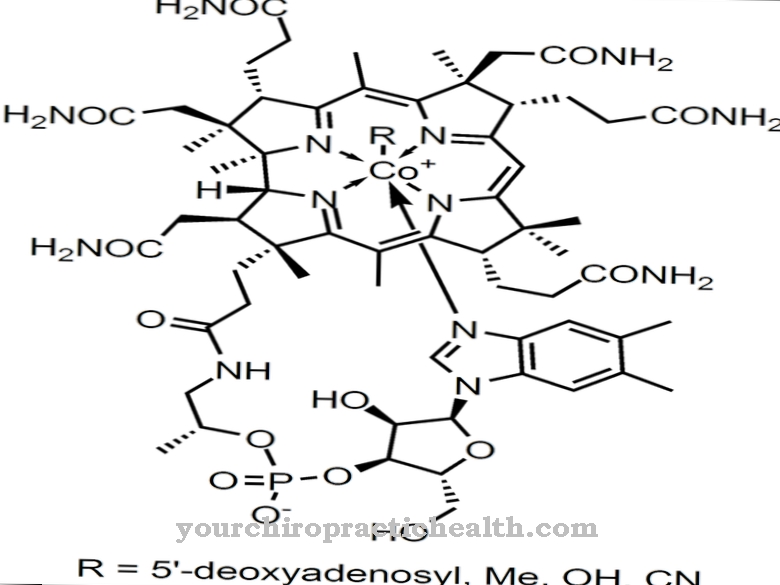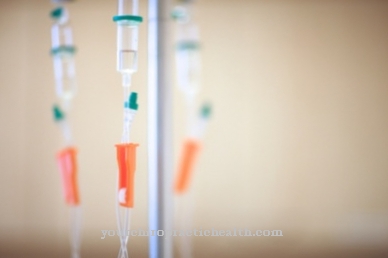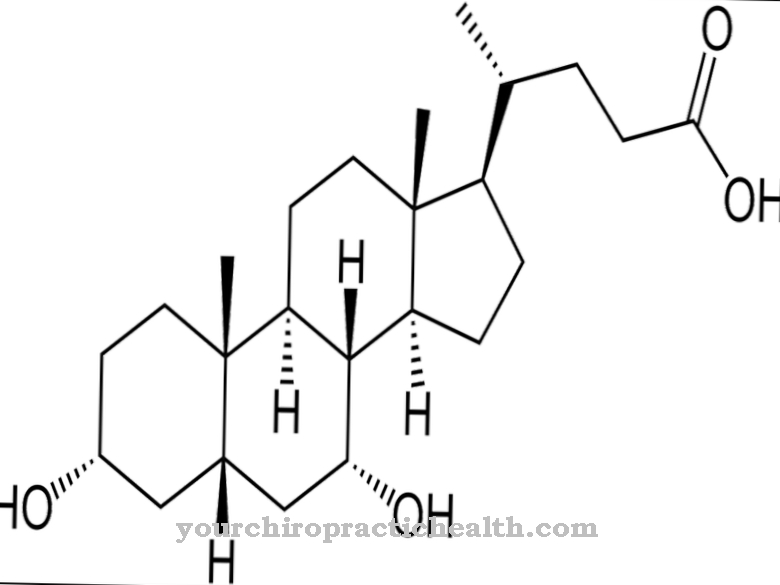Vaginal creams are used in women in the initial area. There are different areas in which they are used: vaginal inflammation (bacterial vaginosis), fungal infection (mycosis) of the female genital organs, vaginal dryness or to prevent inflammatory diseases or infections in the genital area.
What is vaginal cream?
The Vaginal cream can be used to combat various complaints in the female genital area. Depending on its area of action, it kills unwanted fungi and / or bacteria and / or supports the natural vaginal environment.
It can be used vaginally as well as on the external genital organs. Vaginal creams are particularly suitable for patients with vaginal dryness, as they are better absorbed by the mucous membranes and can also have a beneficial effect on them.
Medical application, effect & use

Usually the cream is inserted deep into the vagina using an applicator and emptied there. If the external genital organs, such as the vulva and labia, are also affected, the Vaginal cream applied with the finger on the outer areas.
This is often the case with fungal infections. The affected patient notices the infection by severe itching and / or burning. These fungal infections can now usually be treated quickly and easily with so-called antimycotics, as they prevent the growth and reproduction of the fungi (mostly yeasts). As a rule, the cream is inserted deep into the vagina with an applicator on about 3 consecutive days in the evening before going to bed and applied to the external genital organs if necessary.
Bacterial vaginosis is caused by bacteria that are often naturally found in the vagina. An imbalance can lead to an excessive increase. The symptoms are mainly expressed in the fact that women report itching, burning, pain during intercourse and foul-smelling, fishy discharge (this is usually particularly pronounced after intercourse).
With an antibiotic vaginal cream (often in combination with oral preparations), which is usually inserted into the vagina between 5-10 consecutive days with an applicator, bacterial vaginosis can usually be managed without any problems. The active ingredient of the antibiotic kills the bacteria that are responsible for the inflammation.
There are also vaginal creams that counteract vaginal dryness or prevent inflammatory diseases or infections. These differ greatly in their application. On the one hand there are vaginal creams that are introduced daily, on the other hand there are types that are only introduced every few days or when necessary (e.g. before sexual intercourse).
These vaginal creams support the mucous membranes of the genital area with moisture and fats, which make them smoother again and / or support the natural ph value of the vagina and ensure a positive increase in benign lactic acid bacteria.
Herbal, natural & pharmaceutical vaginal cream
Vaginal creams against fungal infections usually contain substances such as clotrimazole, econazole, nystatin or fenticonazole, so-called antimycotics.
These chemicals prevent the fungal cells from multiplying and spreading until they eventually die. In the case of bacterial vaginosis, the administration of antibiotics can usually not be prevented. There are different types of species, which are selected by the attending physician depending on the bacterium and degree of inflammation. Vaginal dryness can be treated with hormone-containing (estrogen) creams, as this often occurs during the menopause due to changes in hormone levels.
However, there are also creams that do not contain hormones, but achieve their effect purely through fats and moisture. Especially for the prevention of inflammation and infections, there are vaginal creams that are purely plant-based and therefore gentle on the sensitive mucous membrane of the genital area. There are also pure herbal creams (e.g. made from Himalayan herbs), which promise an anti-inflammatory, antibacterial and antifungal effect in one.
Risks & side effects
The risks and side effects of Vaginal creams are quite different, depending on the type of cream. Vaginal creams against fungal infections ostensibly harbor the risk of local skin irritation, whereas creams that contain antibiotics can also have effects on the gastrointestinal tract or other areas.
A fungal infection occurs particularly often after local antibiotic therapy, which is then treated immediately afterwards and is unproblematic.
In general, allergic reactions are conceivable in the event of hypersensitivity to the active ingredients. During pregnancy, any treatment in the genital area should be clarified with the attending physician, as otherwise there may be dangers for the baby.




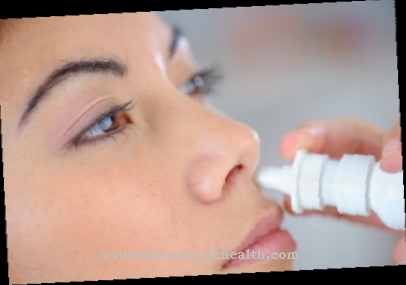
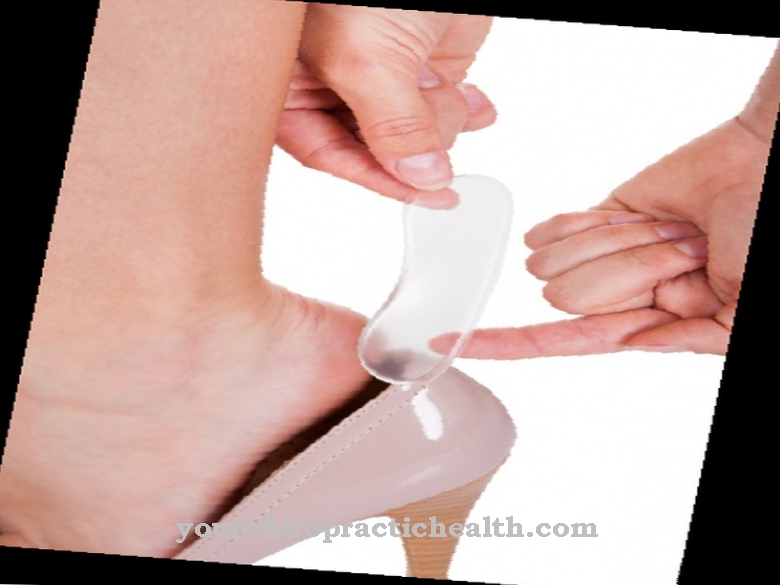

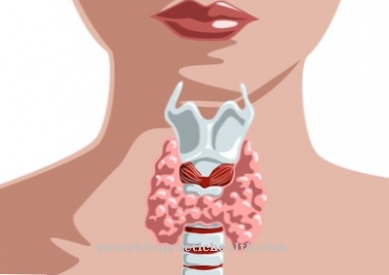




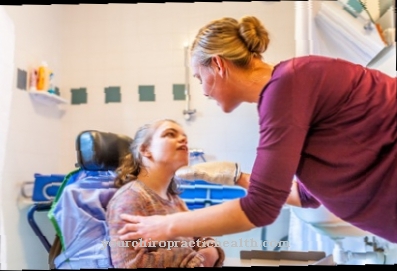

.jpg)


